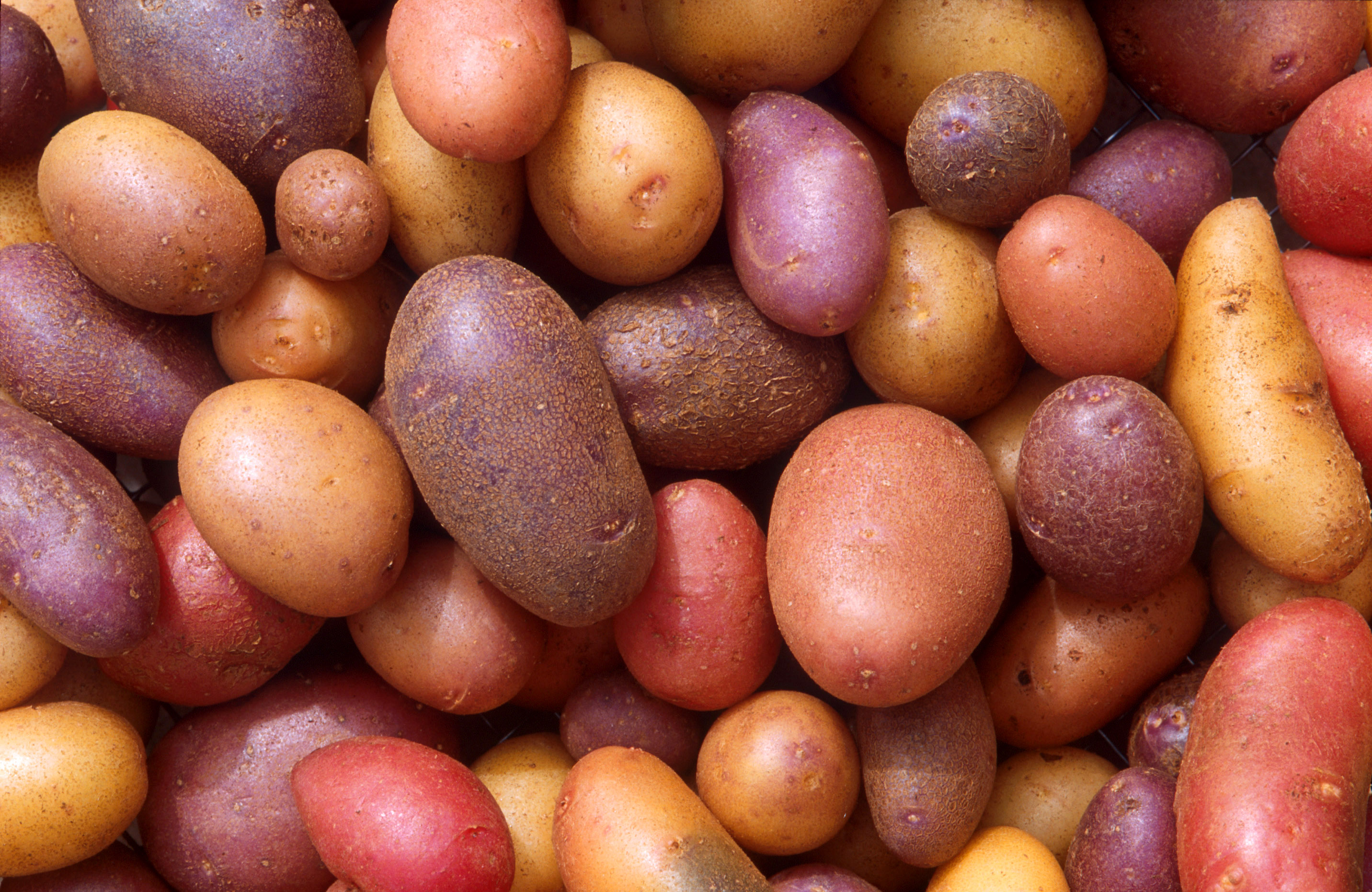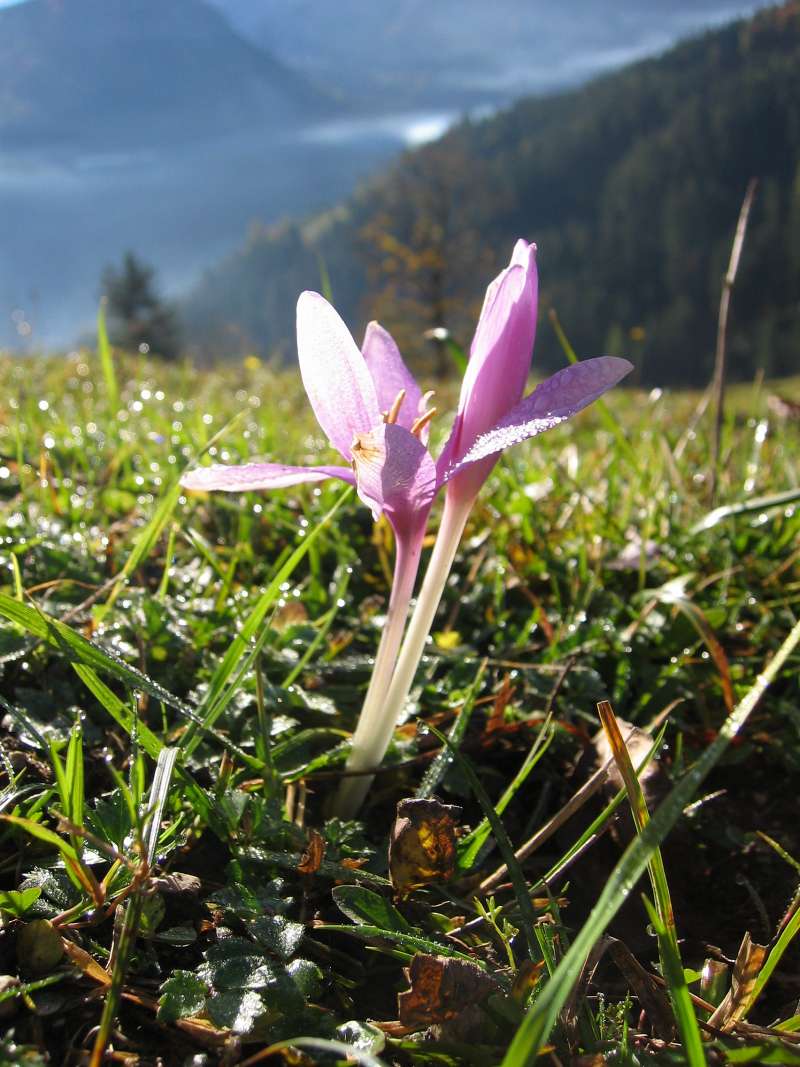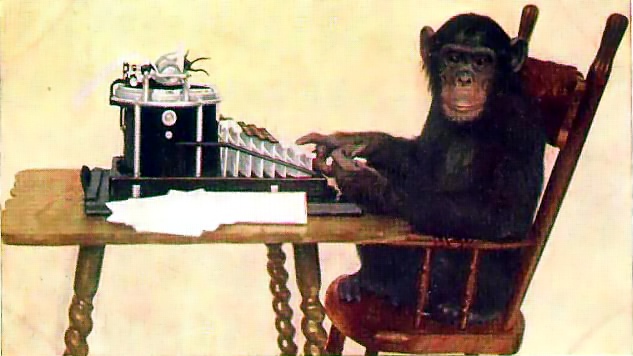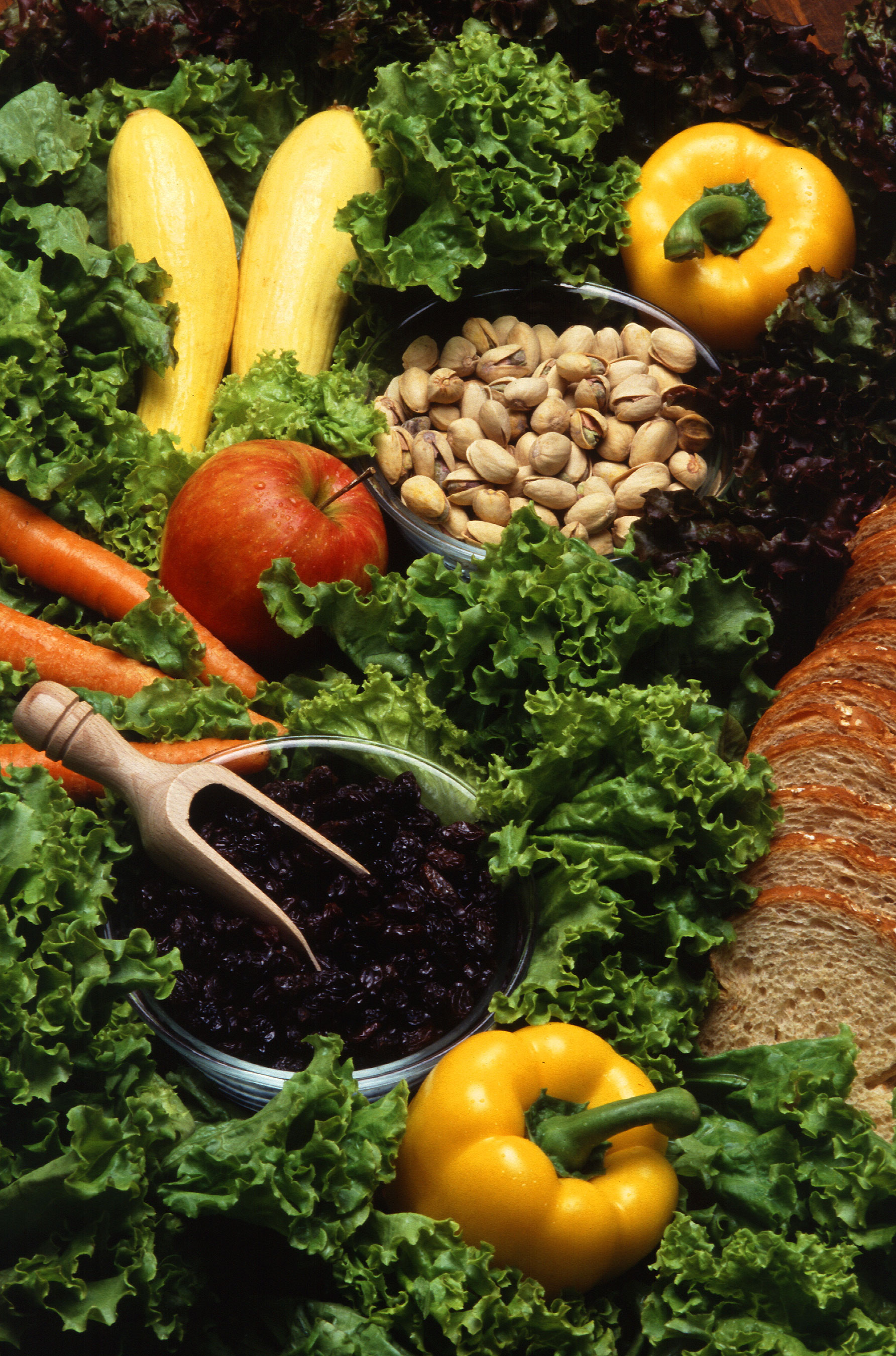 Brendan sent me a link to the new PBS video special based on Pollan's The Botany of Desire. Ironically, I had been eyeballing the same book on my shelf the past few weeks wondering if it was due for a re-read.
Brendan sent me a link to the new PBS video special based on Pollan's The Botany of Desire. Ironically, I had been eyeballing the same book on my shelf the past few weeks wondering if it was due for a re-read.The PBS special was very well done and I definitely recommend it.
The last 15 minutes though (an uninformed tirade against modern agriculture), were unwelcome and irritating. One telling moment was a local ag scientist lamenting the "tragic" public rejection of the environmentally-friendly Bt potato, followed by more fear-mongering by a partisan lobbyist.
Pollan should limit his lectures to topics he understands - which wears thin as he waxes on the horrors of monocultures. Plants (including crops) are in a continual arms race with pests and pathogens. The plants keep finding new ways to protect themselves while the parasites "keep trying to pick the lock." Picture a landscape filled with many different kinds of potatoes. According to the classic version of this story, a parasite that stumbles upon a new way to break into a certain potato variety may wipe out all individuals of this variety but it won't kill EVERY potato on the landscape.
The problem with this story is that plants varieties that look very different don't necessarily have different disease and pest resistance genes. Just like humans, which are known for tremendous phenotypic diversity, can be extremely susceptible to the same flu and HIV germs across all ethnicities, all the multicolored potatoes in the above picture may be similarity susceptible to diseases like late blight.
It's not so surprising that crops are notoriously vulnerable to parasites when you meet their wild relatives. The fruits and grain of the undomesticated relatives are usually barely edible - tiny, fibrous and full of poisons. It should be no surprise that the same qualities that humans love in their food (lots of easily-digested calories) are appreciated by many other creatures as well. Plant breeders have countered this inherent susceptibility by introgressing (moving) key resistance genes from wild relatives of crops into the crops themselves. This process has actually made modern industrial tomatoes more genetically diverse than either traditional Latin American or U.S./European heirloom varieties (although the traditional and heirloom varieties look more diverse).
Theoretically, it would be useful to maintain crop populations with diverse resistance genes. The industrial application of this (multilines) invovles breeding many different versions of a favorite crop variety that are identical except for their resistance genes. As appealing as this idea is, it hasn't really worked out in the real world. The alternate approach (pyramiding) seems to be more effective. Here, many different resistance genes are combined into a single crop variety. Pests and pathogens may be able to overcome a single gene at a time, but it's usually almost impossible to simultaneously overcome several.
PBS' The Botany of Desire also makes a lot of Bt resistance developing in insects exposed to genetically-engineered Bt crops, but this is nothing new. Insects and pathogens develop resistance to all kinds of pesticides - whether they're natural plant chemicals, artificial sprays, or genetically-engineered genes.
Evolution is a fact of life. The pests and pathogens will continue to adapt, and they will eat up our crops if we don't keep ahead of them. It's a problem you can never completely solve - which is good for me and my scientist colleagues!



















